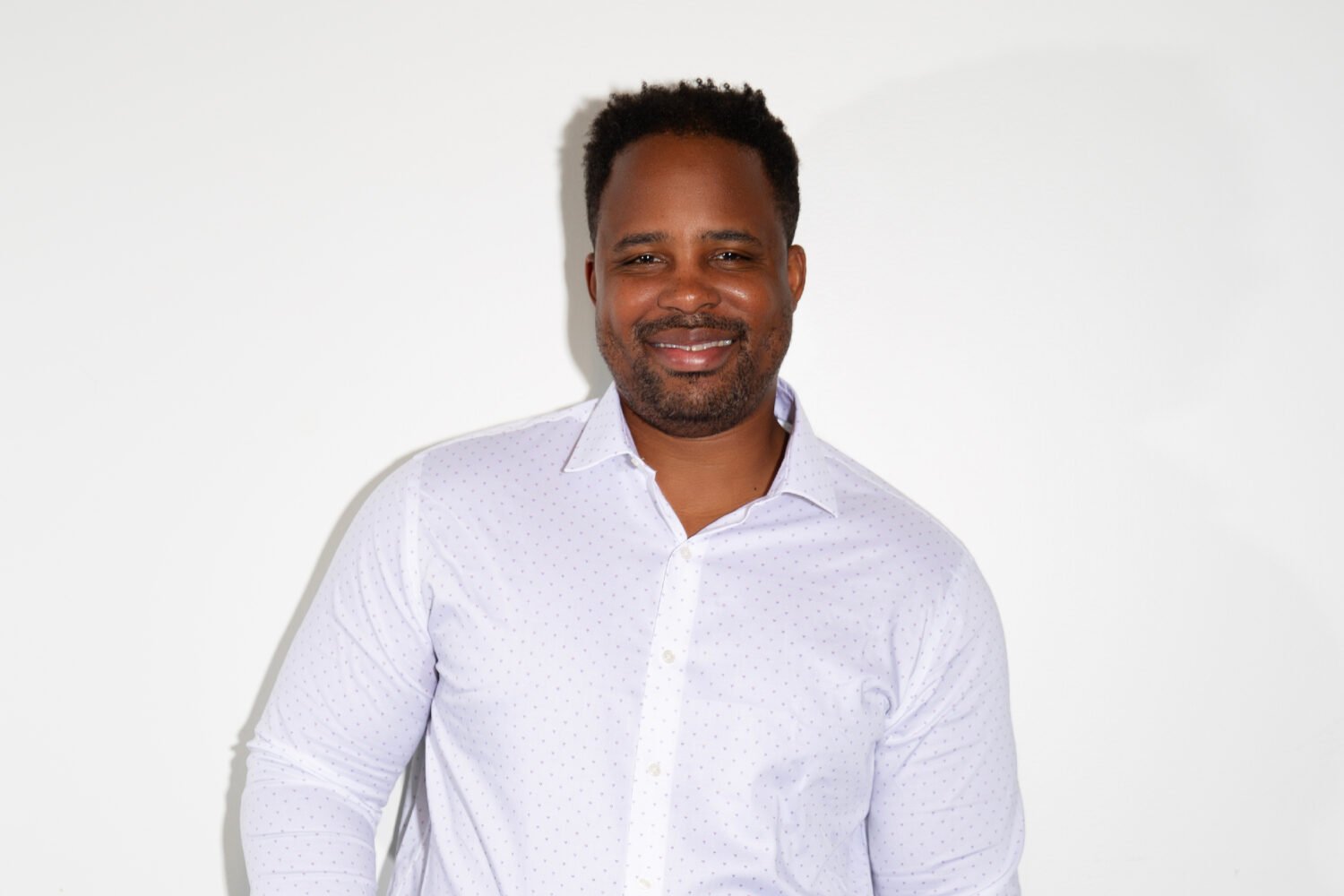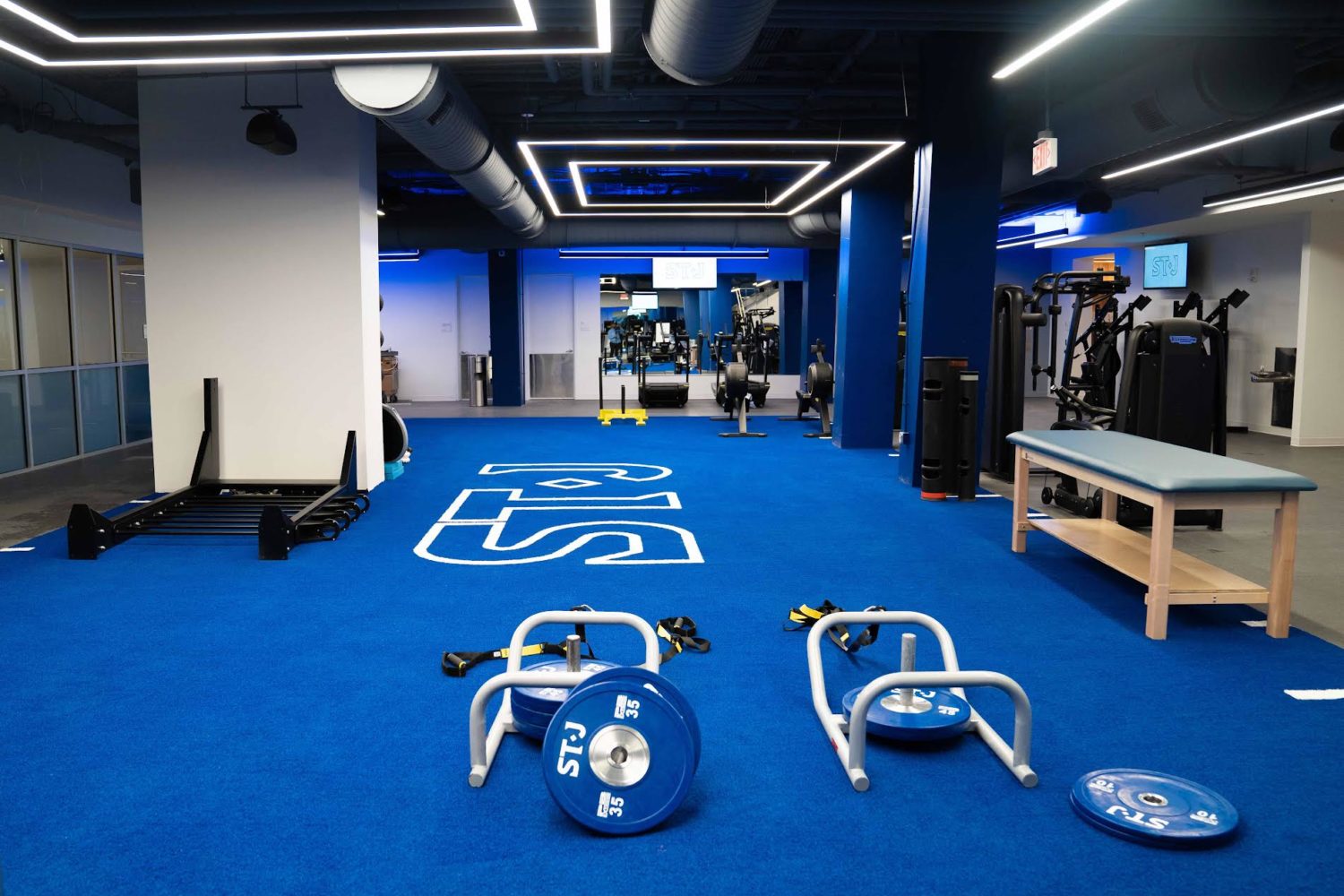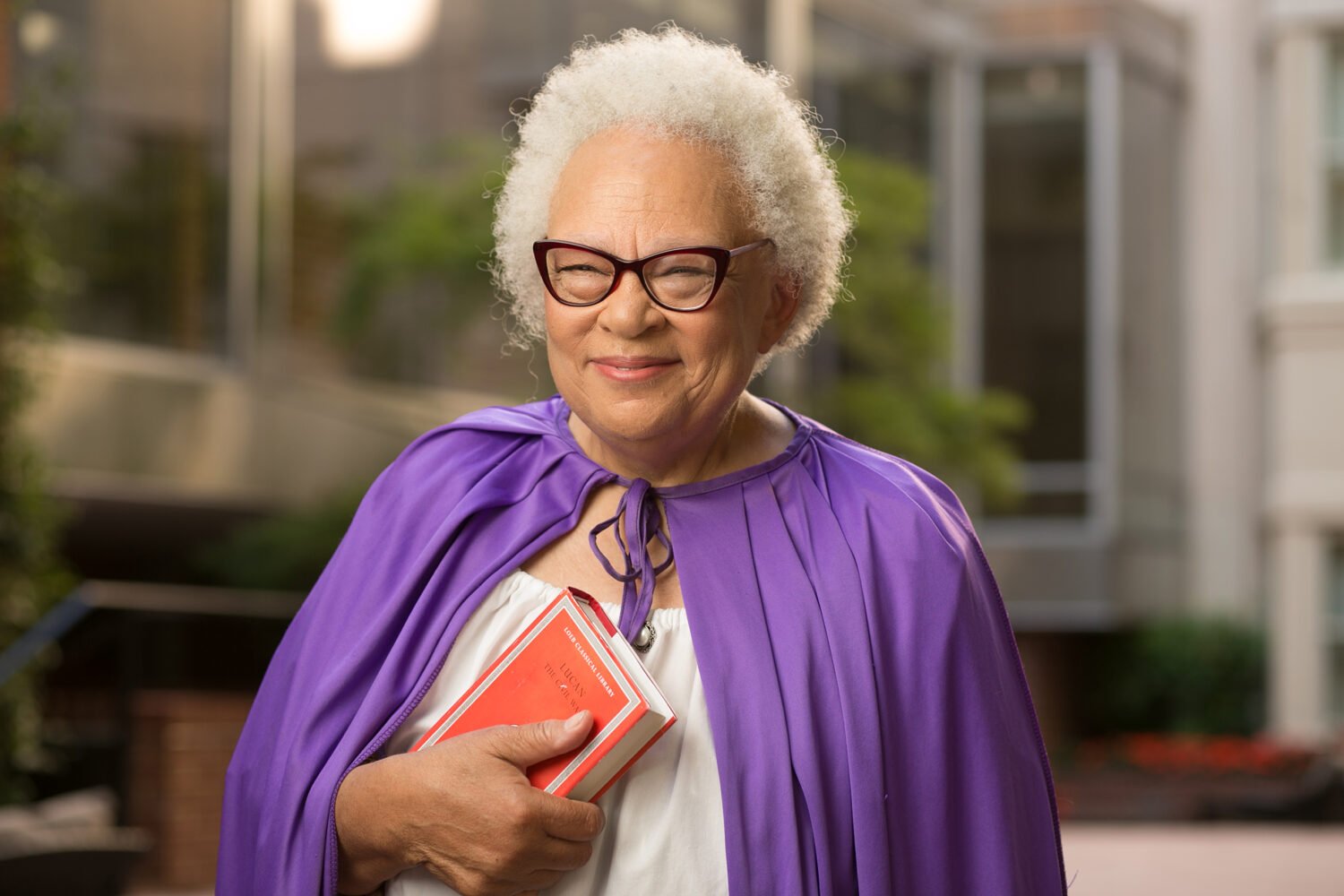Related Articles:
Washington's Best Cosmetic Surgeons
The Skinny on Shaping Garments
Two New Fat Melting Procedures
The Chevy Chase office of James Bruno and Coleman Brown, board-certified plastic surgeons, is all bleached wood and white walls, with sleek furniture upholstered in mushroom-colored leather. A logo of mod back-to-back B’s that looks as if Jonathan Adler designed it hangs above the front desk. But at the moment, the receptionist is nowhere to be found. “Ha ha,” she singsongs to someone in another room, “we’re going to burn your face off today.”
Returning to her post, Rachel Mitchell, who has recently received her own face-burning treatment in the form of a VI Peel, continues her teasing. “Make sure you get that water spray!” she calls over her shoulder. “I’m telling you, your face will be on fire!”
In another room down the hall, Carter Brown’s face is experiencing the opposite sensation. As Brown lies on an exam table, aesthetician Cindy Jenkins paints her forehead with a hydrating mask that looks like sour cream.
Jenkins is readying Brown’s wife to receive an intense-pulsed-light, or IPL, treatment for a few dark patches on her face and a smattering of freckles on her chest—though Brown isn’t sure the IPL is intense enough.
“I didn’t even feel that,” she says as Jenkins zaps her in the forehead with something resembling a hand-held price scanner.
“I have it at the same setting as last time,” says Jenkins. A machine next to Brown’s left shoulder reads “40/20.”
Both women wear oversize black sunglasses that look as if they were designed by the surgical branch of Prada. A terrycloth headband pulls back Brown’s hair to reveal diamond ear studs as big as doorknobs.
As Jenkins continues her zapping, moving steadily across Brown’s lightly tanned chest, their conversation jumps from favorite products (Brown is a devotee of Obagi’s multi-step skin-care regime, which the office sells) to the women who overdo it with Retinol (“Their skin is so thin you can see all the veins,” says Jenkins) to Brown’s recent Halloween getup (she went as Joan from Mad Men, the busty redhead portrayed by Christina Hendricks).
“There I was, stuffing my bra with socks, and I thought, ‘I’m married to a plastic surgeon,’ ” she says. “I called Cole and said, ‘Bring home the biggest implants you can.’ ”
Being married to a man with the powers of rejuvenation is a pretty good arrangement. But do the obvious benefits—Botox on demand, post-baby tummy tucks, and other age-defying remedies done for free—come at a cost? If a plastic surgeon spends his days contemplating and producing the “ideal” in female beauty, is he also inspecting his wife and suggesting “upgrades” as well?
“He sees me as pretty no matter what,” says Michelle Schoenfeld, 41, the wife of Philip Schoenfeld, a board-certified plastic surgeon and founder of Renu Med Spa in Chevy Chase. “I have to say to him, ‘I think we need something here,’ ’’ she says, pointing to her eyes. “I’m always saying, ‘What can we do?’ ”
Love, it seems, is blind. It’s the wives who are not.
Schoenfeld, a thoroughbred blonde with a lineless face and wide—and unlifted—eyes, handles Renu’s public relations and marketing. She often posts before and after photos of herself—recent ones include the peeling progression of a mild chemical peel—on the office’s Facebook page.
She’s been married 17 years, having met her husband when she was 19 and working at the front desk of a fitness club in Texas.
“He came in to buy a membership, and I thought he was really pretty—tan, muscular, with this New York accent,” she says dreamily. “I was used to dating cowboys.”
She was also used to having a mother who forbade her to wear makeup. “She wrote for Ms. magazine and knew all about Gloria Steinem,” Schoenfeld says. “It’s ironic that I married a plastic surgeon.”
To further the irony, her mother, Rhonda Lee, who wrote a book called Guide to Nonsexist Language and Visuals, is blind: “She can’t see that I look any different.”
Schoenfeld wasn’t a surgical virgin when she married Philip. At 21, she had rhinoplasty, though she’s quick to clarify: “Not by my husband.” Her resulting nose, she says, is an ’80s nose. “It’s like a ski jump,” she says. “I want to wear a big sign that says he didn’t do my nose. I don’t want people to say, ‘I’m not going to him because look at what he did to her.’ ”
Schoenfeld contemplated having her nose redone. Her husband, she points out, is known for his skills with a mallet. Although it’s legal for a physician to operate on a family member, she didn’t want to give her husband any added pressure. (Since our interview, she let her husband fix her nose, with fillers instead of surgery: “I love it and wish I would have done it years ago,” she reports.)
She’ll also continue with her regular regimen of Botox, fillers, and laser peels. “Until it’s time for a brow lift,” she says. But just because she could have everything done doesn’t mean she would.
“I don’t want to look like what people think a plastic surgeon’s wife would look like—with boobs out to here and lips out to there,” Schoenfeld says. “And she’s 70!”
Carter Brown is also aware of the misconceptions of others. When she sends an e-mail confirming an interview with me at Marvelous Market, she writes, “I’m the one who doesn’t look like she’s married to a plastic surgeon.”
With her brown hair and barely made-up face, Brown, 40, has an understated beauty.
Like Schoenfeld, she receives husband-administered injectables such as Botox and Restylane—but, Brown says, “no going under the knife.”
Which raises a question: Are these men concerned about coming at their beloved’s face or other parts with a sharp instrument? As long as it doesn’t involve knocking his wife out with general anesthesia, says Brown’s husband, Coleman, he’s up to the task.
“Most surgeons would not be inclined to operate on loved ones, because if anything happens, it’s hard to distance yourself,” says Dr. Brown. Photos of the couple’s three children, two boys and a girl, ornament his office bookshelves. “I know some plastic surgeons who would say, ‘Who else is better to operate?’ But I don’t feel that way.”
With his white lab coat and movie-star looks, Brown appears more like an actor playing a doctor than someone who’s had plastic-surgery fellowships at the Cleveland Clinic Foundation and the Manhattan Eye, Ear and Throat Hospital. He considers his wife to be like most women of her generation: “They see things they’d like to fix.” Things like thin lips and less-than-ample breasts, just some of the body parts Dr. Brown has fixed for one of his wife’s friends, a 36-year-old mother who accompanied Carter Brown to the office, watched her get Botox, and left that day with an appointment for breast work. “I wouldn’t have done any of this had I not known Carter; it’s so less scary,” the woman says.
Fear doesn’t seem to be an issue for wives. “I know he wouldn’t do anything to me if he didn’t think it was a good idea or if I wouldn’t have a good result,” Carter Brown says.
As a husband, Coleman Brown says, he has to be open about what’s bothering his wife. As a plastic surgeon, he has to be diplomatic: “I let her bring it up, and then I’ll guide the conversation.”
Which isn’t exactly what happened when his wife decided she wanted to get rid of fat that had taken root in her outer thighs.
“I trapped him in a low moment,” she remembers, then cornered him in the bathroom in her underwear, pointing to the offending areas. “He usually gives me an ‘Oh, you look great,’ ” she says, “So I have to tell him, ‘You’re not my husband; you’re the doctor, and I want brutal honesty.’ ” Once he switched into his metaphorical white jacket, she remembers him saying, “ ‘Okay, I see some fullness here. We can do something.’ ”
She soon was treated to SmartLipo, a method of liposuction that uses lasers to liquefy the fat within fat cells—a procedure she says was pretty painless: “You take a Valium. If you know the doctor, you take two.”
Fat has been Carter Brown’s scourge since childhood: “I was always being appraised by my parents. It was a silent knowing that I put on some weight.”
She compared herself to her Southern mother, whose code of upkeep included, her daughter recalls, “looking nice when you travel.” Says Brown: “Looks were a big thing when I was growing up, and I spent a lot of time trying to look a certain way. Then I married a plastic surgeon, and now I finally feel comfortable in my own skin.”
She admits that even if she weren’t married to a plastic surgeon, she’d seek one out. “I will have a facelift done when I need it,” she says. “Talk to me in ten years. Who knows what I’ll look like or how much work I’ll have done?”
For a glimpse into that future, Brown may consider talking to the grande dame of wives, Julia Hopping. With her high cheekbones and higher brows, Hopping, 61, is the perfect floor model for husband Steven Hopping’s handiwork, a lovely cross between Barbara Walters and Carolina Herrera.
“My husband likes to say that he’s done me from head to toe,” she says, conducting her hand down the length of her Alexander McQueen suit to her Escada pumps.
Before she married him, Hopping says she “was not stone ugly” and that these days, even as the doctor’s wife, she “cannot always get on the schedule.” But she receives a yearly injection of Botox, a mini-tuck on her lower face and neck, and liposuction to her midsection.
“I walked up the Pyramids eight days after a facelift,” she adds.
For these wives, perhaps being married to a plastic surgeon is akin to being the wife of a diamond dealer or a furrier—they just wear the goods on their faces.
Hopping is the daughter of a former ambassador from Nicaragua and a descendant of that country’s once-ruling Somoza family. Her maternal grandfather, former Nicaraguan president “Tacho” Somoza, was assassinated in 1956.
When she was a teenager, she was diagnosed with a crippling autoimmune disorder and spent time at the National Institutes of Health. “I was so weak,” Hopping remembers. “But I figured out a way to comb my hair by propping my elbow on a towel rack.”
Her mother always had a hairdresser at the embassy. Her father—who let his daughter tag along to the White House, where, she remembers, Jackie Kennedy had bow legs and wore no stockings—used to tell her, “Whenever you go out, people will see you, and that’s how they’ll remember you.”
Today, along with her husband, she runs the Future of Nicaragua Foundation and makes frequent pilgrimages with him to her homeland, where he performs reconstructive work on babies with cleft lips and palates.
As she talks about their work together, it’s clear she sees her day job—as executive director of her husband’s Center for Cosmetic Surgery in DC—as her most defining attribute.
“You can’t lose your identity because your husband is a surgeon,” she says. “You still have to be paid.”
This article first appeared in the February 2011 issue of The Washingtonian.
Subscribe to Washingtonian
Follow Washingtonian on Twitter
More >> Health | Top Doctors | Well+Being Blog

















